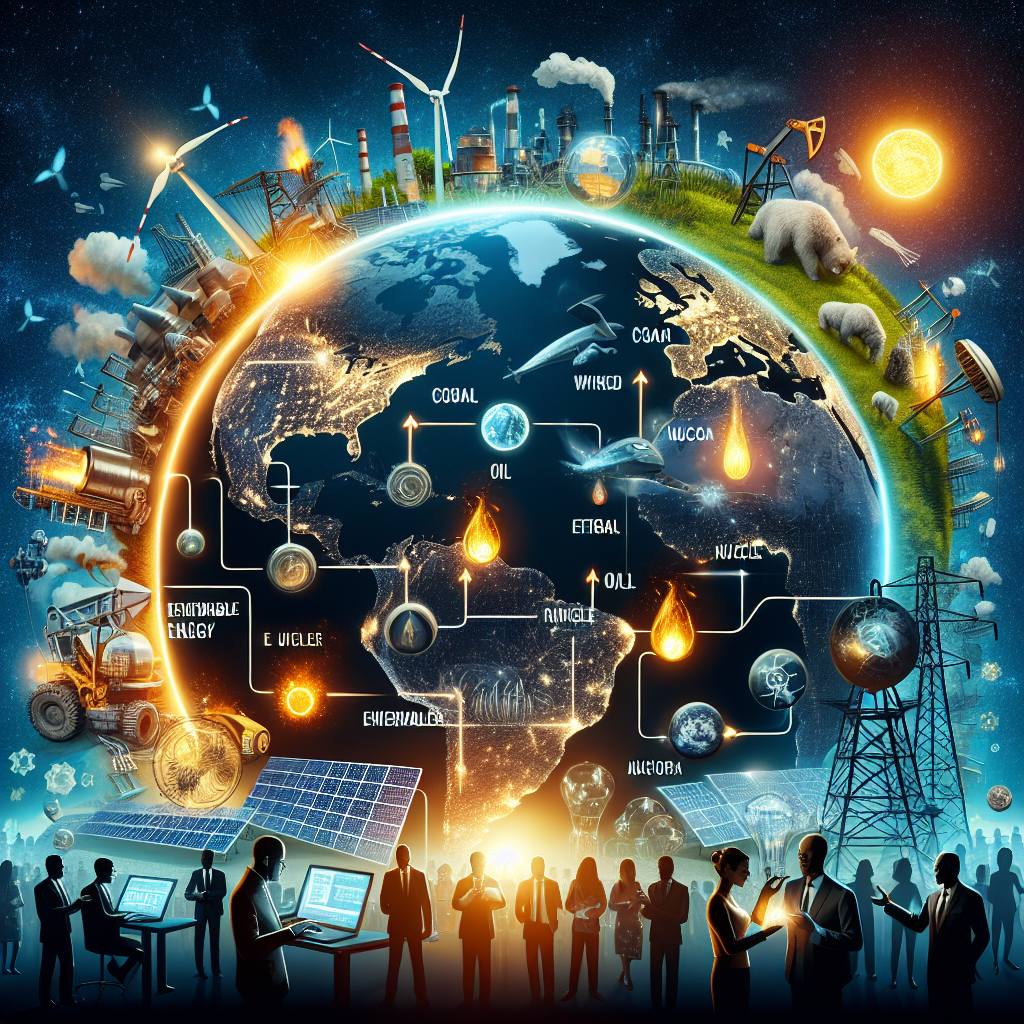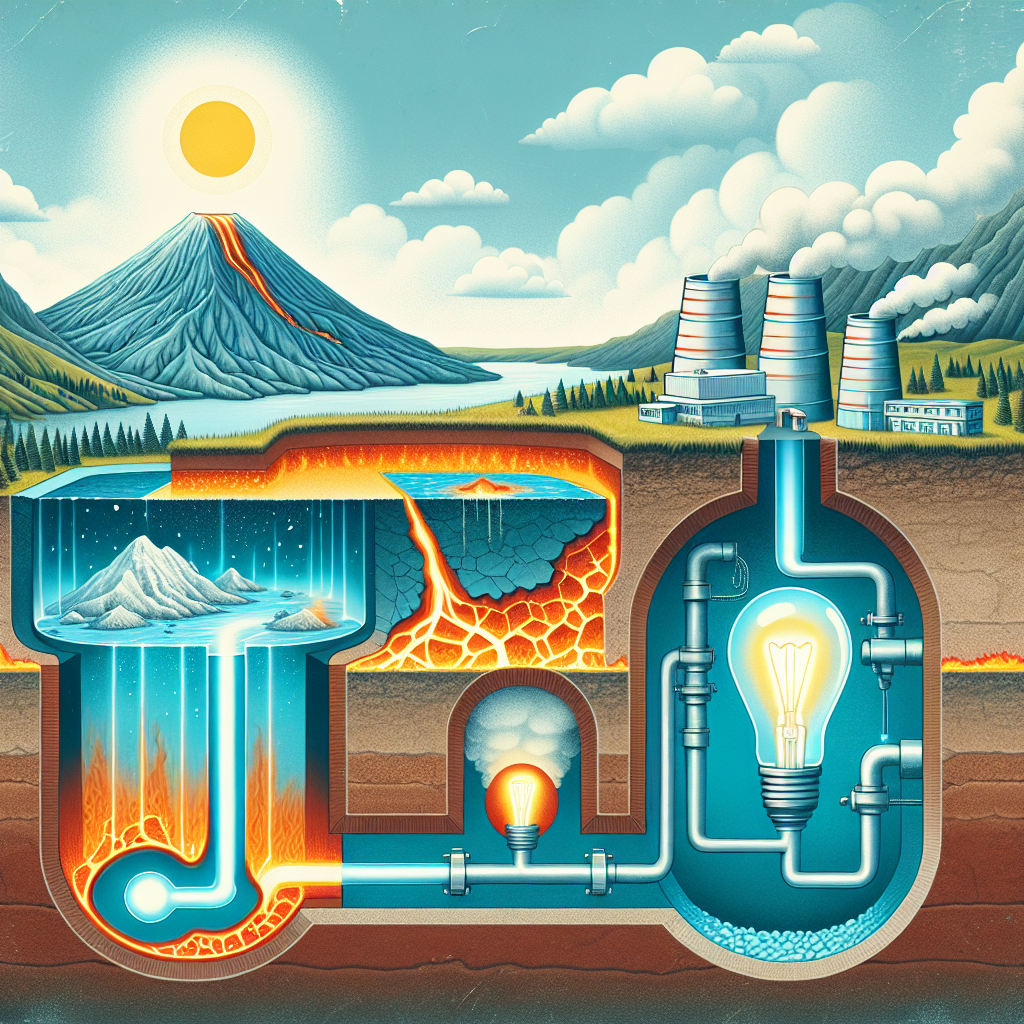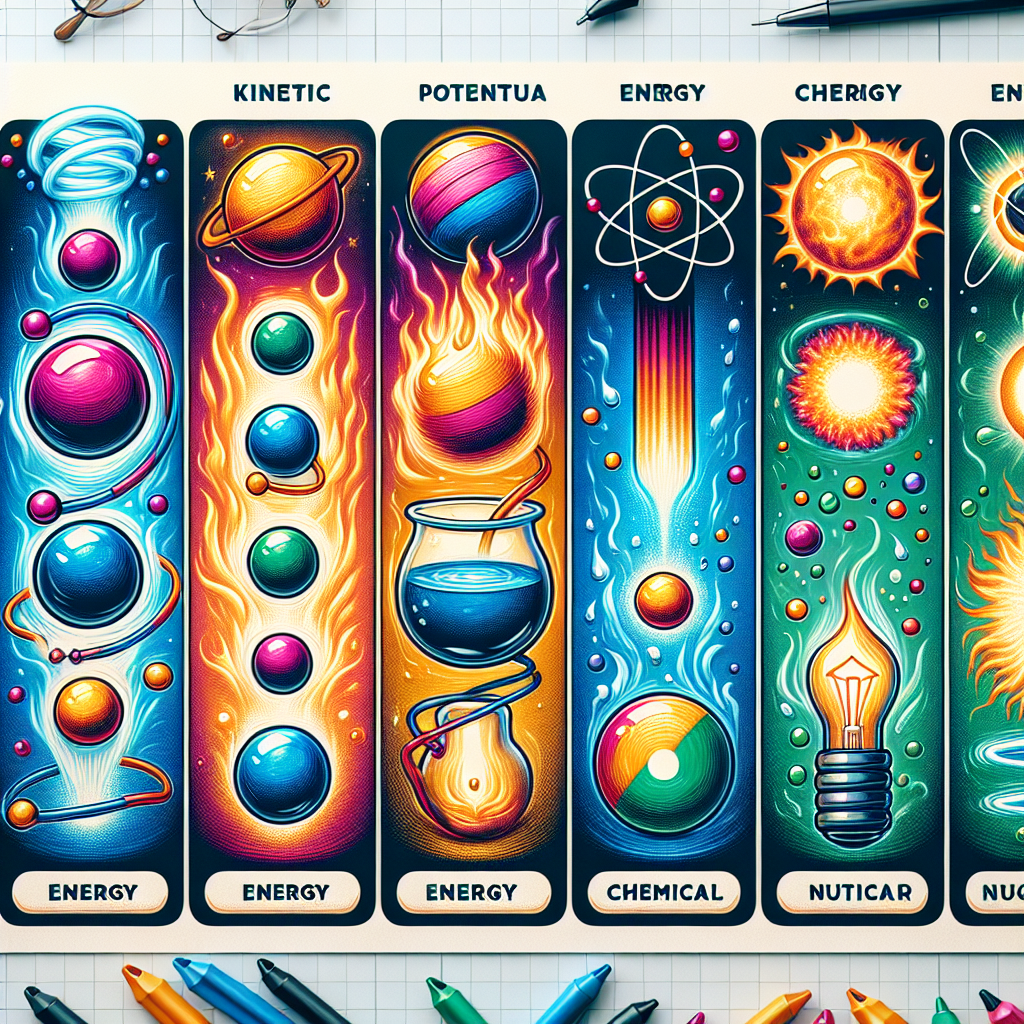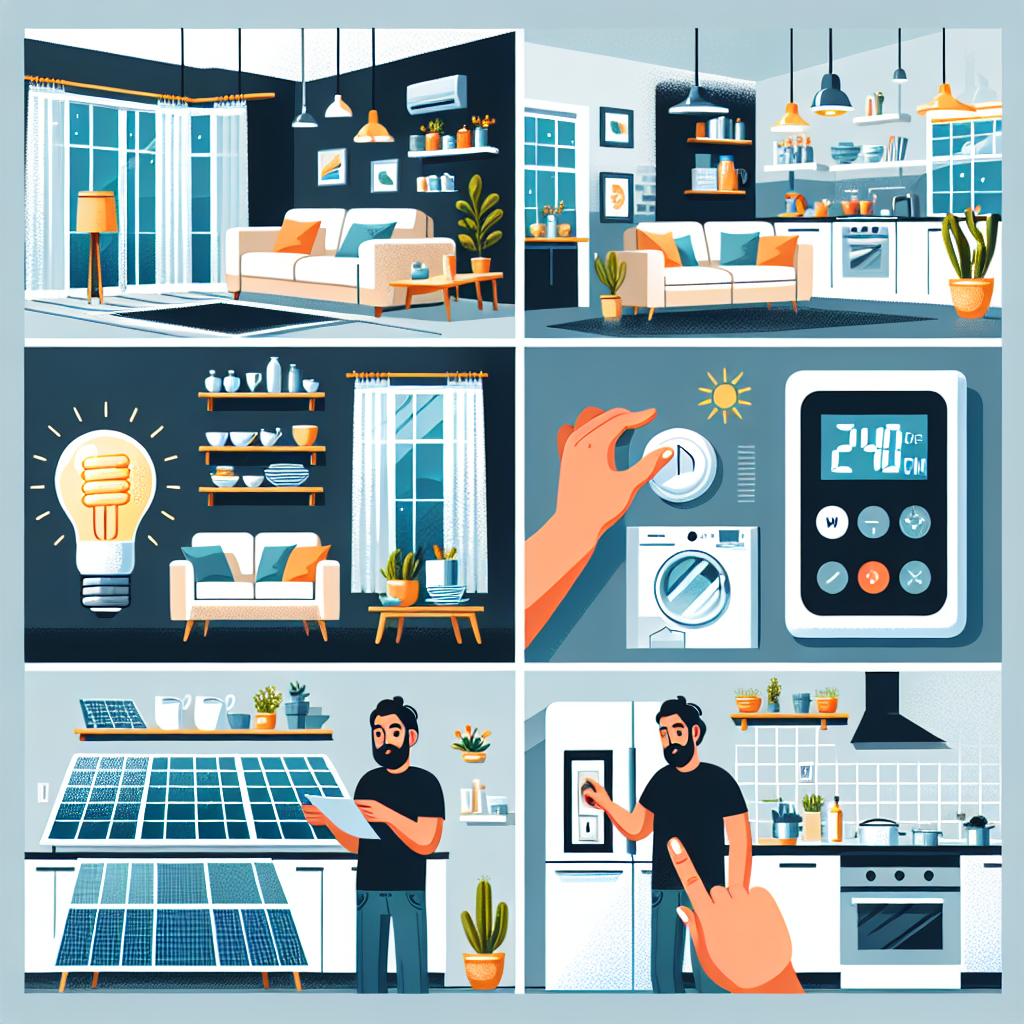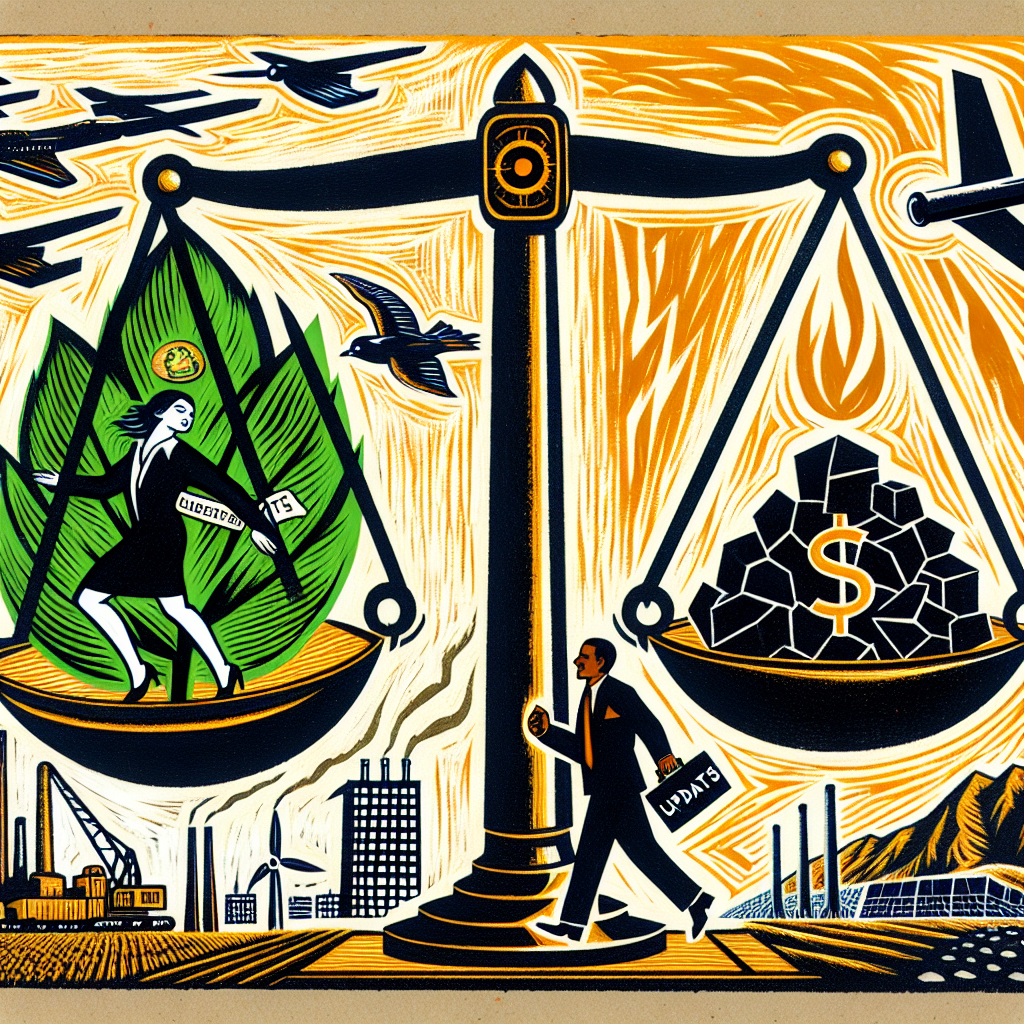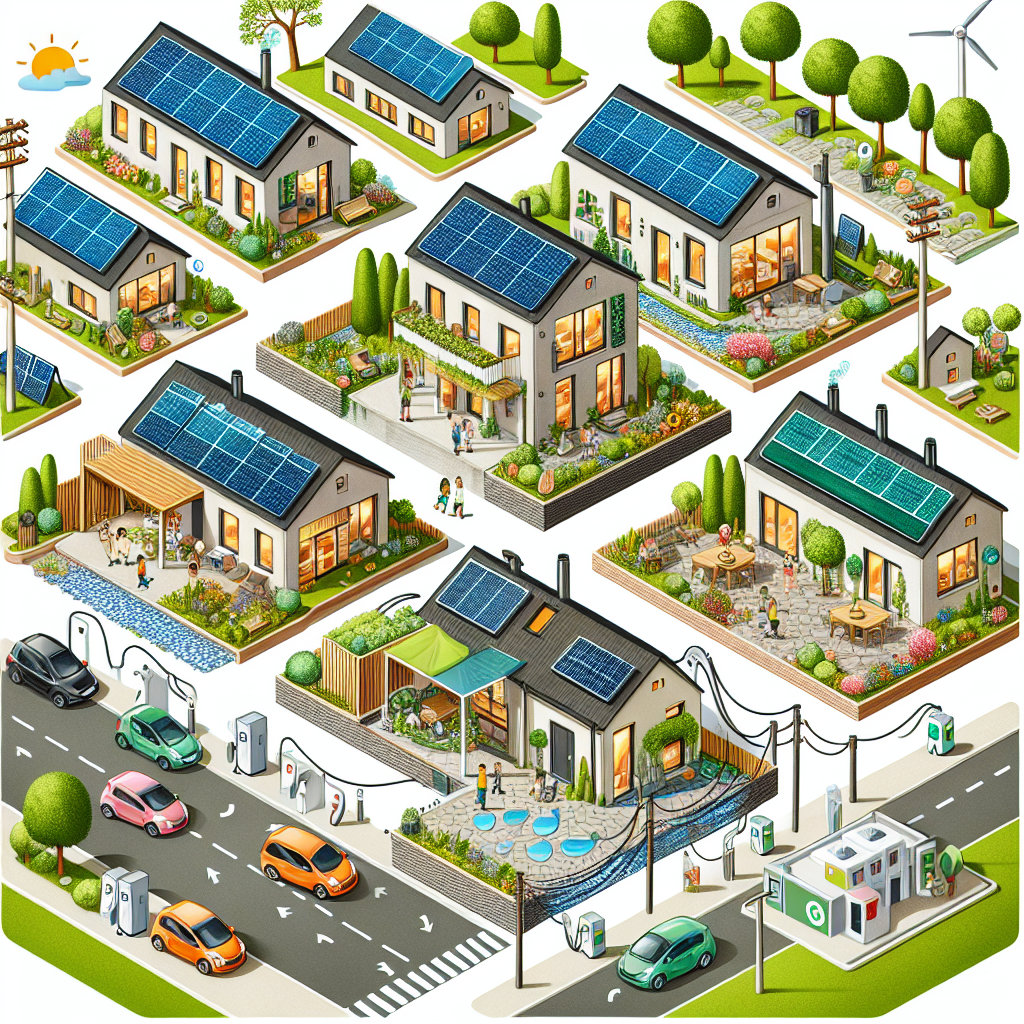-
Table of Contents
“Harness the power of nature with wind energy – a clean and renewable source of electricity.”
Introduction
Wind energy is a renewable source of energy that harnesses the power of wind to generate electricity. It is a clean and sustainable alternative to traditional fossil fuels, making it an important part of the global effort to combat climate change. Wind energy has been used for centuries, but with advancements in technology, it has become a major player in the energy industry. In this introduction, we will explore the basics of wind energy and its potential to power our world in a more environmentally friendly way.
The Advantages and Disadvantages of Wind Energy: Exploring the Pros and Cons
Wind energy has been gaining popularity as a renewable source of energy in recent years. With the increasing concerns about climate change and the depletion of fossil fuels, many countries are turning to wind energy as a sustainable alternative. However, like any other form of energy, wind energy also has its own set of advantages and disadvantages. In this article, we will explore the pros and cons of wind energy to gain a better understanding of this renewable energy source.
Let us begin with the advantages of wind energy. The most obvious advantage of wind energy is that it is a clean and renewable source of energy. Unlike fossil fuels, wind energy does not produce any harmful emissions or pollutants, making it an environmentally friendly option. This is especially important in the fight against climate change, as wind energy helps to reduce the carbon footprint and mitigate the effects of global warming.
Another advantage of wind energy is its abundance. Wind is a natural resource that is available in abundance in many parts of the world. This means that wind energy can be harnessed in various locations, making it a versatile source of energy. Additionally, wind energy is also cost-effective. Once a wind turbine is installed, the cost of producing electricity is relatively low, making it a competitive option compared to traditional sources of energy.
Moreover, wind energy is a domestic source of energy, which means that countries can reduce their dependence on imported fossil fuels. This not only helps to improve energy security but also reduces the vulnerability to fluctuations in the global oil market. Furthermore, wind energy projects can also create job opportunities in the local communities, boosting the economy and providing a source of income for the residents.
However, like any other form of energy, wind energy also has its disadvantages. One of the main concerns with wind energy is its intermittent nature. Wind is not a constant source of energy, and its availability depends on weather conditions. This means that wind turbines may not always produce electricity, and there is a need for backup sources of energy to meet the demand during periods of low wind.
Another disadvantage of wind energy is its impact on wildlife. wind turbines can pose a threat to birds and bats, as they can collide with the blades. This is a significant concern, especially for migratory birds and endangered species. However, with proper planning and placement of wind turbines, this impact can be minimized.
Moreover, the installation of wind turbines can also face opposition from local communities. Some people may find the sight of wind turbines unsightly and may object to their installation in their area. This can lead to delays and increased costs for wind energy projects.
In addition, wind energy also requires a significant amount of land. wind turbines need to be spaced out to avoid interference with each other, and this can result in the use of large areas of land. This can be a challenge in densely populated areas where land is limited.
In conclusion, wind energy has both advantages and disadvantages. It is a clean, renewable, and cost-effective source of energy that can help to reduce our reliance on fossil fuels. However, its intermittent nature, impact on wildlife, and land requirements are some of the challenges that need to be addressed. Despite these drawbacks, wind energy remains a promising option for a sustainable future, and with continued advancements in technology, it has the potential to become a major contributor to the global energy mix.
Harnessing the Power of Wind: A Guide to Home Wind Power Systems
Wind energy has been used for centuries, from the simple windmills of the past to the modern wind turbines of today. It is a renewable and clean source of energy that has gained popularity in recent years due to its potential to reduce carbon emissions and combat climate change. Harnessing the power of wind has become a viable option for homeowners looking to reduce their reliance on traditional energy sources and save money in the long run. In this guide, we will explore the basics of home wind power systems and how you can harness the power of wind to generate electricity for your home.
The first step in harnessing wind energy for your home is to understand how it works. Wind is created by the uneven heating of the Earth’s surface by the sun. As the sun heats up different areas of the Earth, the air above it also heats up and rises. This creates a vacuum that pulls in cooler air, resulting in wind. wind turbines are designed to capture this wind energy and convert it into electricity. The blades of the turbine are connected to a rotor, which spins as the wind blows. This rotation then turns a generator, producing electricity.
When considering a home wind power system, the location of your home is crucial. The amount of wind your home receives will determine the effectiveness of your wind turbine. Generally, areas with consistent wind speeds of 9 miles per hour or more are considered suitable for wind energy production. You can check the average wind speeds in your area by consulting wind maps or contacting your local weather station. It is also essential to consider any obstructions that may affect the wind flow, such as tall buildings or trees.
The next step is to determine the size and type of wind turbine that is suitable for your home. There are two main types of wind turbines: horizontal-axis and vertical-axis. Horizontal-axis turbines are the most common and have blades that rotate around a horizontal axis. They are more efficient and can generate more electricity, but they require a higher wind speed to start spinning. Vertical-axis turbines, on the other hand, have blades that rotate around a vertical axis and can start spinning at lower wind speeds. They are also more compact and suitable for urban areas with limited space.
The size of the turbine will depend on your energy needs and the wind conditions in your area. Small wind turbines are suitable for homes and can generate enough electricity to power a few appliances. Larger turbines are more suitable for farms or commercial properties and can generate enough electricity to power an entire building. It is essential to consult a professional to determine the right size and type of turbine for your home.
Installing a home wind power system requires careful planning and consideration. You will need to obtain permits and approvals from your local authorities before installing a wind turbine. It is also crucial to ensure that your home’s electrical system can handle the additional electricity generated by the turbine. You may need to upgrade your electrical system or install a backup battery system to store excess electricity for later use.
In conclusion, harnessing the power of wind through a home wind power system is a viable option for homeowners looking to reduce their carbon footprint and save money on energy bills. Understanding how wind energy works, considering your location and energy needs, and careful planning and installation are crucial for a successful home wind power system. With the right setup, you can harness the power of wind and contribute to a cleaner and more sustainable future.
Offshore Wind Farms vs Small Wind Systems: Which is the Better Option for Wind Energy?
Wind energy has been gaining popularity as a renewable energy source in recent years. With the increasing concern for climate change and the need to reduce our reliance on fossil fuels, wind energy has emerged as a viable alternative. However, when it comes to harnessing wind energy, there are two main options: offshore wind farms and small wind systems. Both have their advantages and disadvantages, but which one is the better option for wind energy?
offshore wind farms are large-scale projects that are built in bodies of water, typically in the ocean. These farms consist of multiple wind turbines, which are connected to an electrical grid and can generate a significant amount of electricity. On the other hand, small wind systems are individual turbines that are installed on residential or commercial properties. These systems are designed to provide electricity for a single building or property.
One of the main advantages of offshore wind farms is their ability to generate a large amount of electricity. Due to their location in the ocean, these farms have access to strong and consistent winds, which can produce a significant amount of energy. In fact, a single offshore wind turbine can generate enough electricity to power thousands of homes. This makes offshore wind farms a great option for meeting the energy demands of a large population.
In contrast, small wind systems may not be able to generate as much electricity as offshore wind farms. This is because they are typically installed in areas with lower wind speeds, such as residential neighborhoods. However, small wind systems have the advantage of being able to generate electricity on a smaller scale. This makes them a great option for individual homes or businesses that want to reduce their reliance on the grid and generate their own clean energy.
Another advantage of offshore wind farms is their potential for cost savings. While the initial investment for building an offshore wind farm may be high, the cost of producing electricity is relatively low. This is because wind energy is a free and renewable resource, and once the turbines are installed, there are minimal operational costs. In addition, offshore wind farms have a longer lifespan compared to small wind systems, which means they can continue to generate electricity for a longer period of time.
On the other hand, small wind systems may have a lower initial cost, making them a more accessible option for individuals or small businesses. However, the maintenance and operational costs of these systems can add up over time. In addition, the lifespan of small wind systems is typically shorter, which means they may need to be replaced or repaired more frequently.
One of the main concerns with offshore wind farms is their potential impact on the environment. Building these farms in the ocean can disrupt marine life and habitats. However, advancements in technology have allowed for the development of offshore wind farms that have minimal impact on the environment. In fact, these farms can even serve as artificial reefs, providing a new habitat for marine life.
small wind systems, on the other hand, have a smaller footprint and may have less impact on the environment. However, they may still pose a threat to birds and bats, as they can collide with the turbines. Proper placement and design of small wind systems can help mitigate this issue.
In conclusion, both offshore wind farms and small wind systems have their advantages and disadvantages when it comes to harnessing wind energy. offshore wind farms are a great option for generating a large amount of electricity and have the potential for cost savings. On the other hand, small wind systems are more accessible and can provide clean energy on a smaller scale. Ultimately, the best option for wind energy will depend on the specific needs and resources of each individual or community.
Q&A
1. What is wind energy?
Wind energy is a form of renewable energy that is generated by harnessing the power of wind to produce electricity. This is typically done through the use of wind turbines, which convert the kinetic energy of the wind into electrical energy.
2. How is wind energy used?
Wind energy is primarily used to generate electricity. wind turbines are placed in areas with high wind speeds, such as onshore or offshore locations, and the rotating blades of the turbine are connected to a generator that produces electricity. This electricity can then be used to power homes, businesses, and other buildings.
3. What are the benefits of wind energy?
There are several benefits of wind energy. First and foremost, it is a renewable energy source, meaning it does not deplete natural resources like fossil fuels. It also produces no air or water pollution, making it a clean energy option. Additionally, wind energy can help reduce greenhouse gas emissions and create jobs in the renewable energy industry.
Conclusion
In conclusion, wind energy is a renewable and sustainable source of energy that has the potential to greatly reduce our reliance on fossil fuels. It is a clean and environmentally friendly option that can help combat climate change and reduce air pollution. With advancements in technology and increasing investments, wind energy is becoming more efficient and cost-effective, making it a viable alternative to traditional forms of energy. However, it is important to consider the potential impacts on wildlife and local communities when implementing wind energy projects. Overall, wind energy has the potential to play a significant role in our transition towards a more sustainable and greener future.


